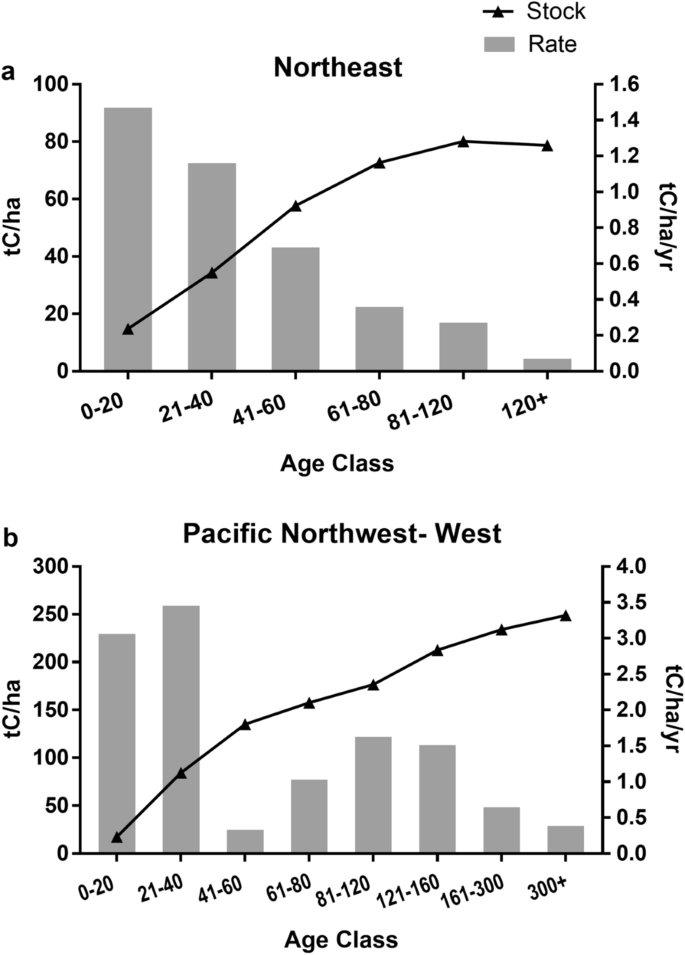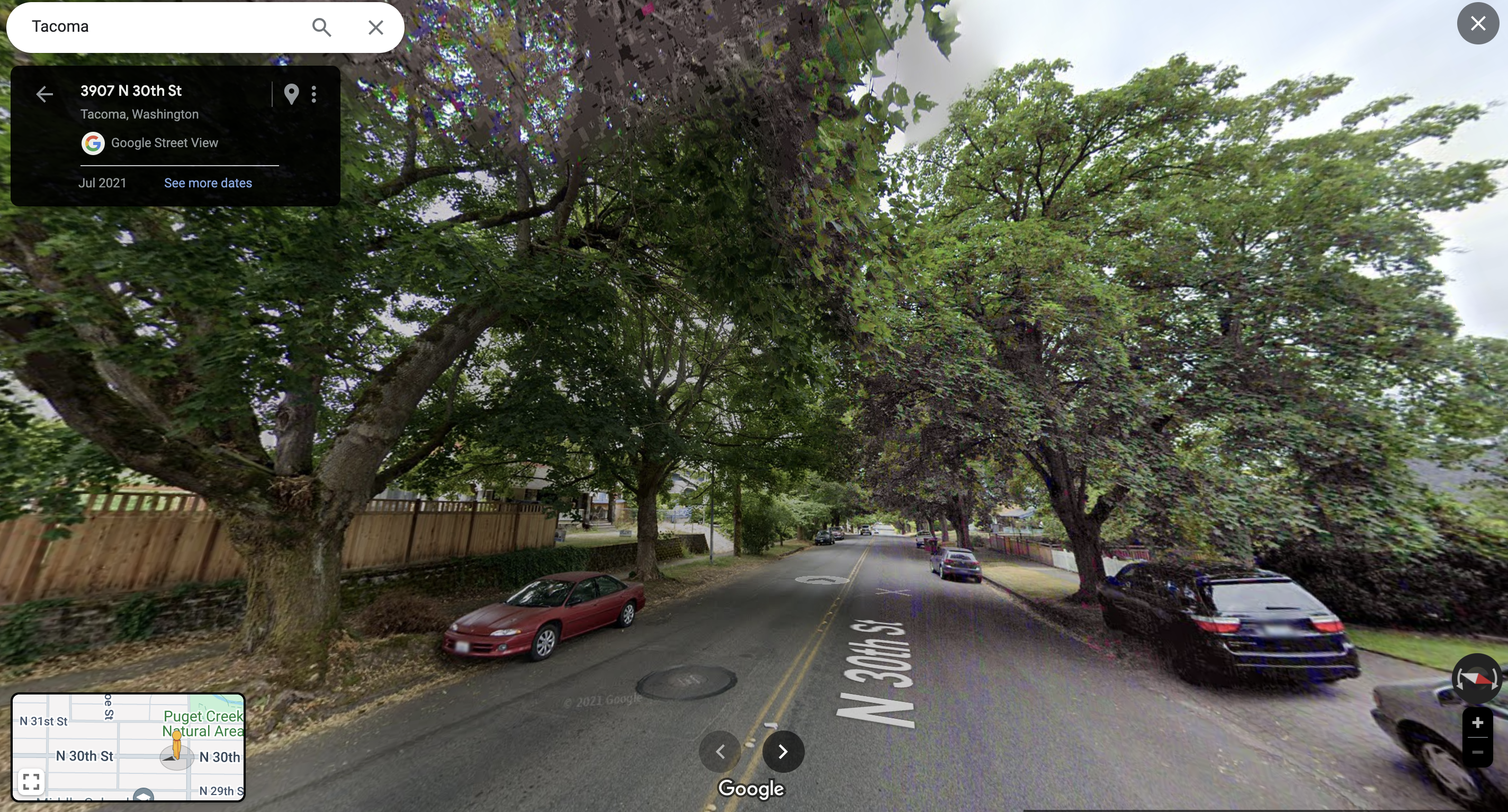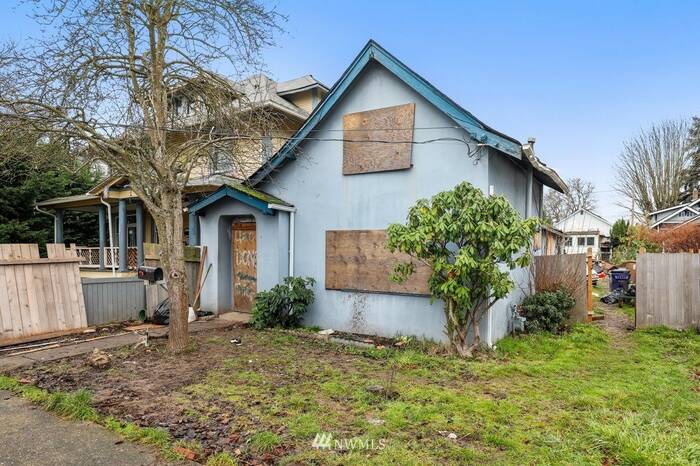There’s a modern trend towards encouraging urban tree canopies consisting of mature shade trees. Increasing the tree canopy isn’t necessarily a bad idea. There are multiple documented benefits of urban tree canopies:
- Release of water vapor into the atmosphere which cools surrounding areas, mitigating the urban heat island effect
- Interception of rainfall and reduction of storm water runoff (and thus, reducing the costs related to infrastructure required to manage it)
- Energy savings and reduced greenhouse gas emissions due to shade provided
However, there are other supposed benefits of urban tree canopies that are poorly supported by the data:
Younger trees sequester carbon faster than mature trees
One of the big arguments for mature urban tree canopies is that they sequester carbon. However, mature trees are generally less efficient at carbon sequestration than younger trees ages 0-40. Below is a graph reflecting that stands of young trees sequester more carbon than older trees (bar graph shows declining sequestration):

The study concludes as follows:
In all regions except Rocky Mountain South, [carbon] accumulation rates are highest in the younger age classes and decline with age, with older age classes in several western regions showing negative rates.
It’s important to note that these studies are about the carbon sequestration of entire tree stands not individual trees. The higher efficiency of younger tree stands may have to do with the canopy gaps that become prevalent in older stands. In other words, there’s strength in numbers—the average mature tree sequesters more carbon than the average young tree, but more young trees fit in the same space so they’re more efficient as a group.
The takeaway is this: If our main goal is to clean up the air, water, and soil of our cities, then then we would be better off with dense stands of young trees rather than with looser stands of mature trees.
Mature tree canopies probably don’t increase property values
It has been widely reported that mature trees increase property values. Many of these claims seem to be based on a 2010 article, which found that street trees increased property values in Portland by an average of $8,870 (more like $12,500 in today’s money).
However, this study offers several counterintuitive results that nobody talks about (probably because nobody actually reads the article).
- Bigger street trees don’t add more value than smaller street trees: “the benefits to the house the tree fronts do not increase with crown area.”
- Trees on a lot don’t increase sale price: “If street trees increase sales price, why do not trees on the lot?”
Based on these two conclusions, we’ve learned some important nuances. First, there’s no obvious benefit to mature tree canopies in terms of adding value (young street trees are just as good). Second, there’s no value benefit to trees on the lot—only street trees add value. Thus, it’s not very accurate to conclude from this article that mature tree canopies add value. A more accurate statement is that street trees add value, regardless of maturity.
It’s slightly off topic, but another interesting conclusion from the article was that municipal governments should invest in street tree planting:
Our results suggest that to prevent under-investment in street trees, which provide benefits to neighborhoods, the city may find it necessary to bear a larger proportion of the costs.
We think this is a sensible conclusion.
Mature tree canopies probably don’t help with most health and social problems
It has been widely reported that trees have various, almost mystical, health and social benefits. These benefits supposedly include:
- Reduction in tree pollen and VOCs
- Reduction in UV radiation
- Increased heat and thermal comfort
- Reductions in crime
- Increase in cognitive and attention restoration
- Increase in health and mood, reduction in anxiety and depression
- Reduction in stress
- Better clinical outcomes
- Better birth outcomes
- Increase immune system response
- Aid in active living
- Reduces weight of nearby residents
- Increase cardiovascular function
- Increase social cohesion
Apparently, trees can cure anything. Like Windex in My Big Fat Greek Wedding or any homeopathic remedy.
A likelier explanation is that wealthier neighborhoods tend to have more trees, and wealthy people tend to be dramatically healthier than poorer people. This could entirely explain the correlation between tree canopies and the diverse array of positive social and health outcomes.
Other studies suggest that nearby urban trees actually have a negative health outcome in terms of asthma and allergic reactions. A 2020 meta-study reached the following conclusion when taking all data into consideration:
Our findings support the growing public recognition of urban trees as an essential component of health-supportive environments. It is important, however, not to overstate the current evidence. For instance, the effects of trees vary by person and may not always be beneficial, such as the potential for tree pollen to exacerbate allergy conditions.
In sum, mature urban tree canopies are undoubtedly a good thing, but their benefits are probably overstated. They cannot single-handedly save us from depression, climate change, and poverty, despite a lot of exuberant headlines to the contrary.



